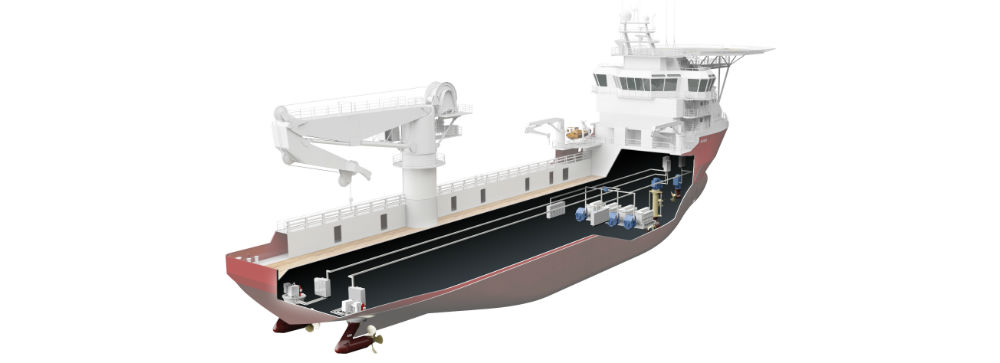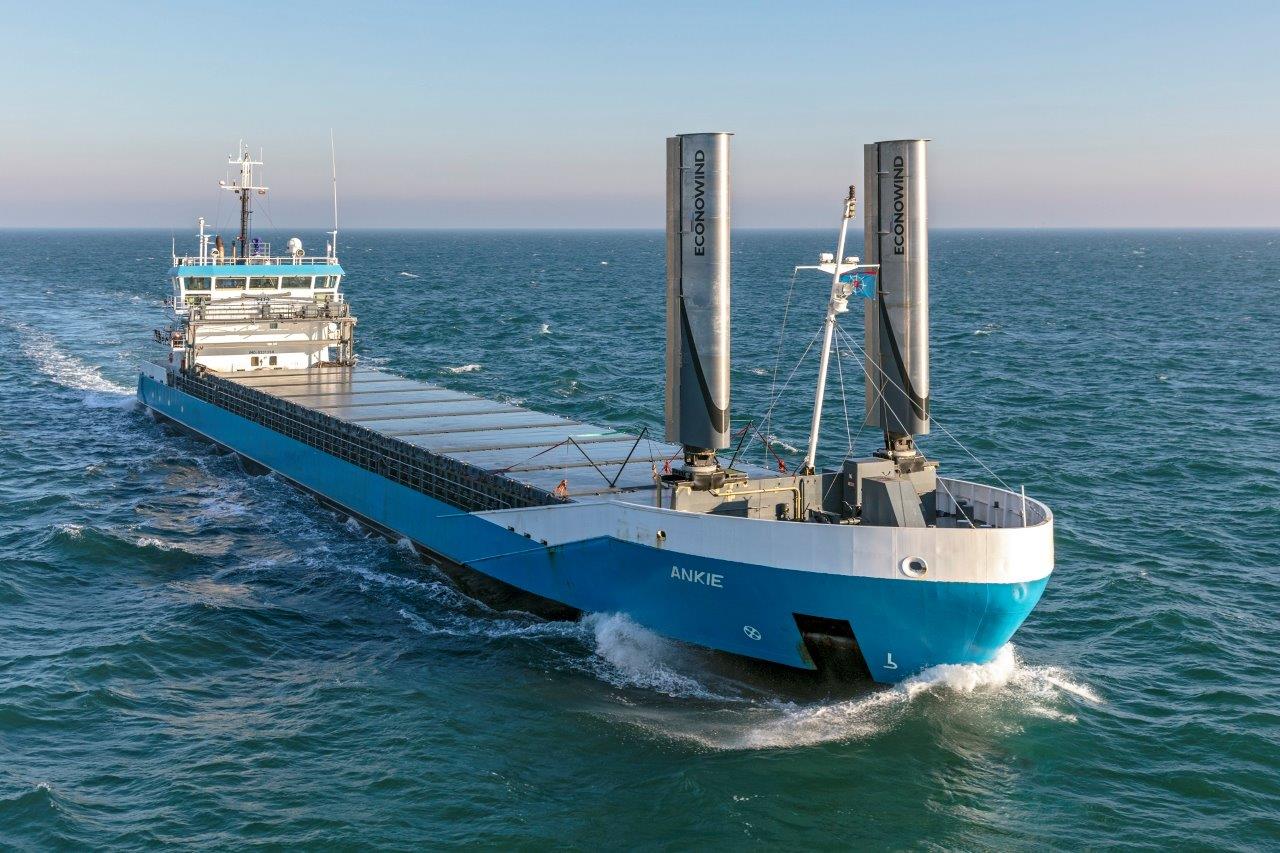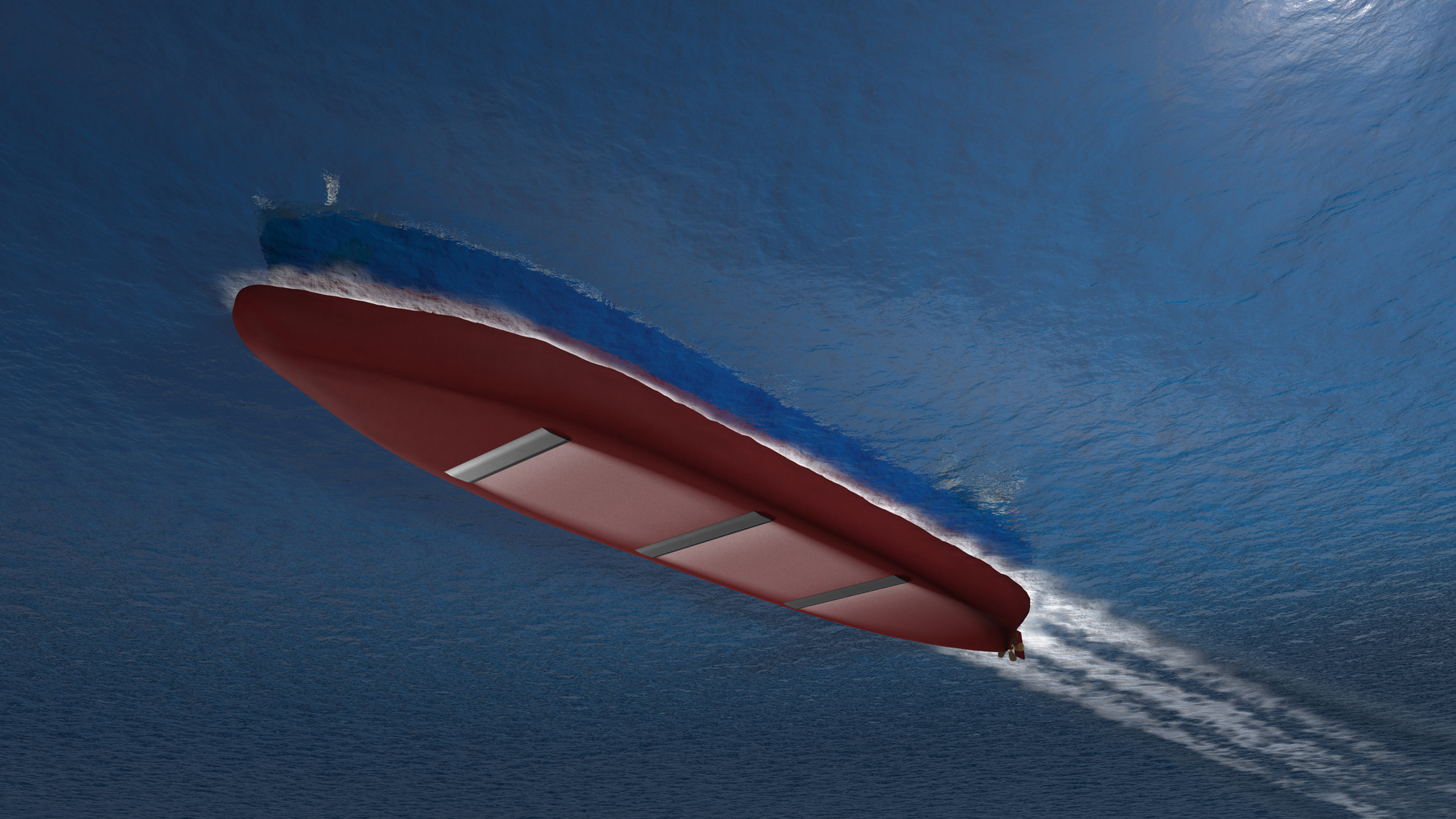Diesel-electric propulsion continues to be superior in vessel efficiency terms to conventional plant for specific ship types, but varying operational demands do not always make optimal use of AC’s need for generators to run at constant rpm.
This was the starting point for the development of Onboard DC Grid, the radically different power distribution solution enabled by developments in DC protection methods, and first proposed by ABB in 2011. In early 2016, despite shipping’s sustained slump, ABB has quietly been securing orders in such numbers and across such a range of vessel types that the company sees the solution as a modular offer whose merits demand attention across the industry.
In this week’s spotlight feature Ship Efficiency Review looks at how orders are mounting fast for Onboard DC Grid, the ABB power distribution system that is bringing new flexibility, ship efficiency and energy storage capability to a growing variety of ships
Direct approach
Operating at a nominal voltage of 1000V, Onboard DC Grid allows power sources/power levels to match vessel needs, integrating battery power/energy storage as one of those sources.
Rather than being locked at a specific frequency (usually 60Hz on ships), each power source and consumer is an AC or DC ‘island’ controlled and optimized independently, allowing Onboard DC Grid to combine smart DC distribution with the advantage of AC components.
When a marine engine is operated at constant speed fuel consumption is typically minimized at around 85% load. In general, diesel electric solutions have always involved variable propulsion drive/propeller speeds. DC Grid, in addition, allows generators to be run optimally anywhere on the engine’s power curve, offering a further means of fuel consumption optimization.
The first Onboard DC Grid installation on the platform supply vessel Dina Star in 2013 saw owner Myklebusthaug Offshore confirming significant fuel savings, with savings in low load conditions reported of up to 27%. In addition, even when undertaking dynamic positioning in challenging weather conditions, the owner has confirmed that it has achieved 14% fuel savings.
DC Grid traction
This argument appeared to lose some force when oil prices nosedived and, with shipping in turmoil through 2014-2015 hindering, it is all the more notable that Onboard DC Grid orders have powered on.
John Lindtjorn, ABB Product Manager Onboard DC grid and Energy Storage, says that this is because Onboard DC Grid offers owners far more than fuel savings and improved dynamic response. The sheer variety of vessel types specifying Onboard DC Grid have highlighted other telling benefits. Heading the list, he says, is the way DC Grid comes into its own in terms of energy storage, but there are others: more space for payload; fewer components; reduced weight; easier cable installation; lower maintenance; and even more effective use of shore power.
Perhaps the most visually striking ship to feature Onboard DC Grid will be the Seasight ferry, due delivery by shipyard Brødrene to owner The Fjords in June. The solution is being delivered in a light weight variation for the 40m LOA carbon fibre vessel.
“Variable speed engines and shaft generators will naturally benefit the ferry market because they will help lower engine fuel consumption and emissions. However, in this case the main driver for DC Grid has been the addition of energy storage which can be fully integrated”.
“Ferries in Norway are seen as an extension of the road network, and so the ‘zero emissions ferry’ is an attractive concept that encourages the development of battery technology.” Battery power also means Seasight can run silently at up to 10 knots in scenic UNESCO-listed fjords.
In other cases, too, Lindtjorn says Onboard DC Grid’s energy storage capability has quickly become an increasingly significant driver for its uptake. “It is much easier to integrate energy storage using a DC system than it is for AC, and customers are coming to see that what they get is more functionality for the same investment.”
Measure of confidence
Exemplary is one of the most innovative vessels currently under construction in the offshore sector; the Cefront Technology concept for a ship-ship oil cargo transfer vessel (CTV). A 90m LOA vessel is being built by COSCO Nantong and COSCO GuangZhou. Here, Onboard DC Grid will allow the ship’s four 3600kW ABB generators to operate at variable and optimum speeds, with a DC Grid-compatible 350kWh battery used for energy storage, back up, enhanced dynamic support and peak shaving.
Onboard DC Grid is also integral to the power, propulsion and automation for world’s most advanced port icebreaker, built by Russia’ Vyborg shipyard for heavy harbour ice conditions. Its ability to allow diesel engines to optimise efficiency while running at variable speeds is a compelling advantage when managing ice conditions.
“These are vessels that can take particular advantage of variable speed generators, which already make widespread use of frequency convertors. To be able to deliver that within a lean, more space efficient convertor configuration really counts,” adds Lindtjorn.
The reference list for ships and ship types already ordered that will feature Onboard DC Grid extends beyond those so far publicly disclosed, Lindtjorn confides, suggesting that the company is soon to add to its offshore vessel and ferry breakthroughs.
Current of change
“I see clear benefits for applying Onboard DC Grid in combination with a battery in the coastal tanker segment,” he says. “Owners have shown real commitment to ships that are more environmentally-friendly in this market. One entry point for DC Grid might be variable speed shaft generators, and owners can then consider the advantages of using DC Grid as a more efficient way of handling pumps, loading and unloading, for example. In addition, response time can be improved when manoeuvring, while there is the potential to improve propulsion efficiency overall when a battery pack in installed.”
One of the obstacles to the uptake of environmentally-friendly shore-power as an option for ships in port, according to Lindtjorn, has been that limited power ratings alongside force vessels to run onboard engines to cover peak onboard loads. “If you need to run a parallel system anyway, some vessels chose not to use shore power at all,” he observes. “Storing energy in a battery can overcome this issue; the ship can draw the current steadily from shore and adapt to peak loads using the battery.”
To illustrate his point, Lindtjorn cites ABB’s own selection of DC Grid for its advanced cable-laying vessel, due delivery from Norway’s Kleven shipyard in 2017. “DC Grid’s integrated power management plus energy storage is once more expected to cut fuel consumption significantly; but this ship will also exploit shore power to spool cables from a dockside production facility. It would be possible to use a conventional AC solution for this, but the point is that this is another example of how DC Grid’s lack of complexity makes dockside spooling not so much possible as integral to the ship’s capabilities.”
Ship Efficiency Review News
To contact the reporter responsible for this article, please email editor@fathom-mi.com


































